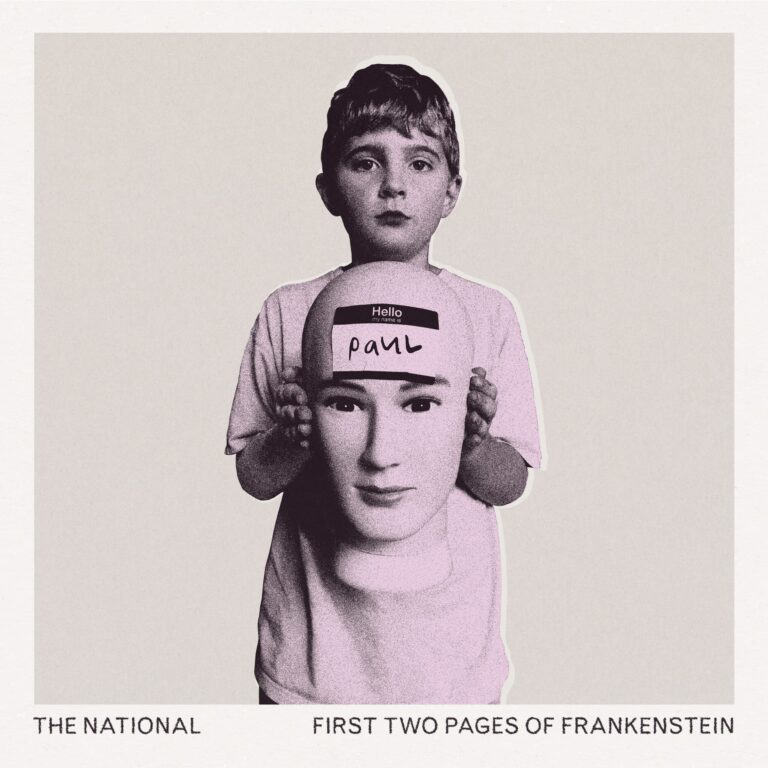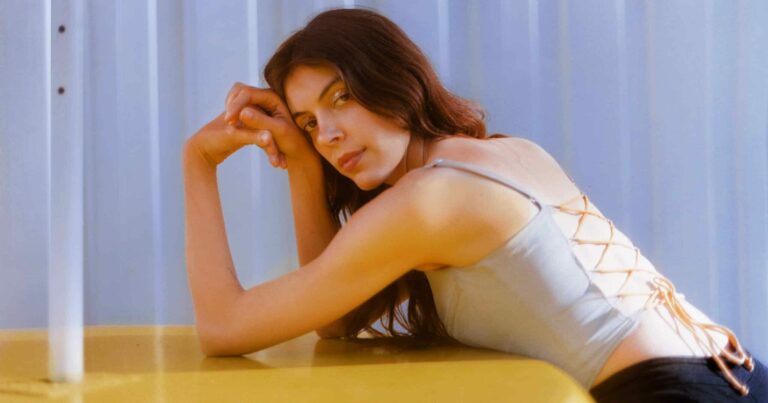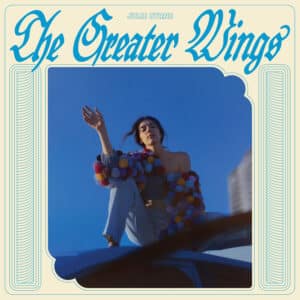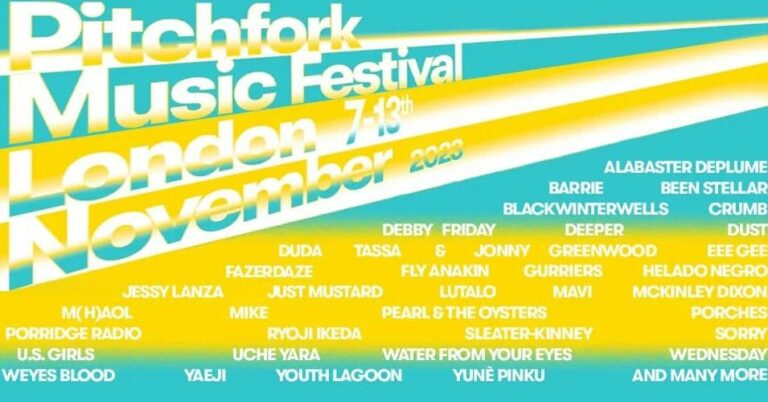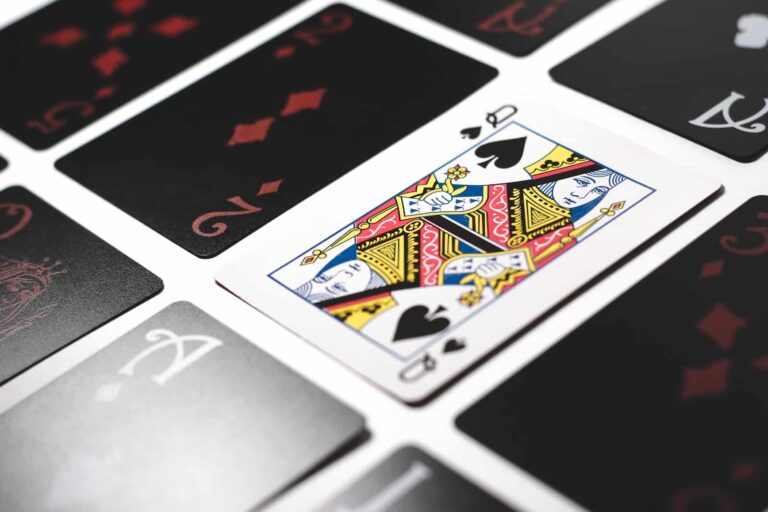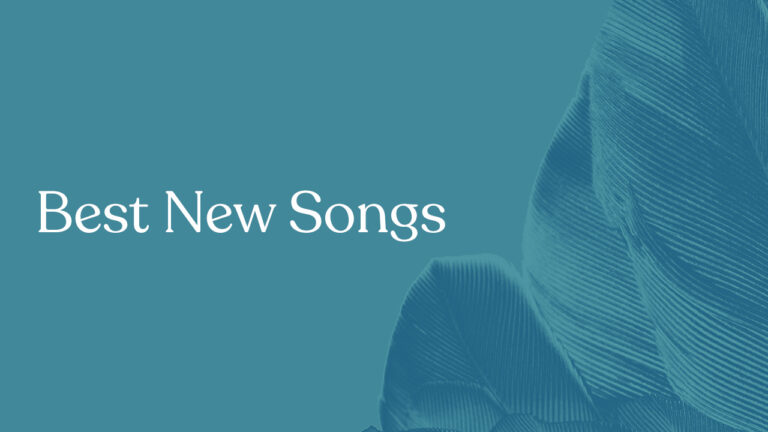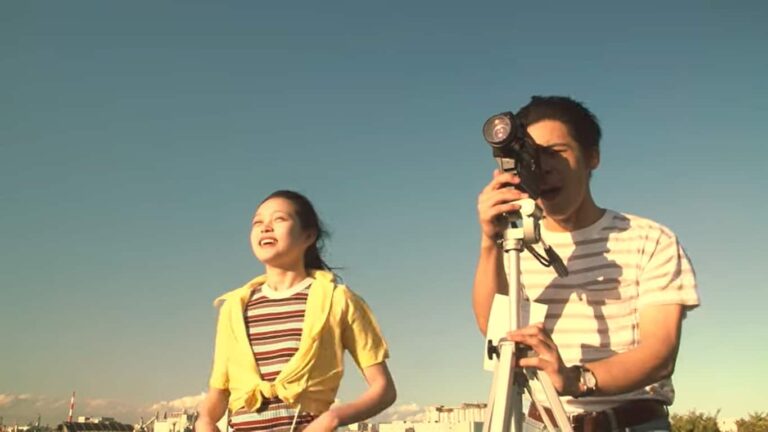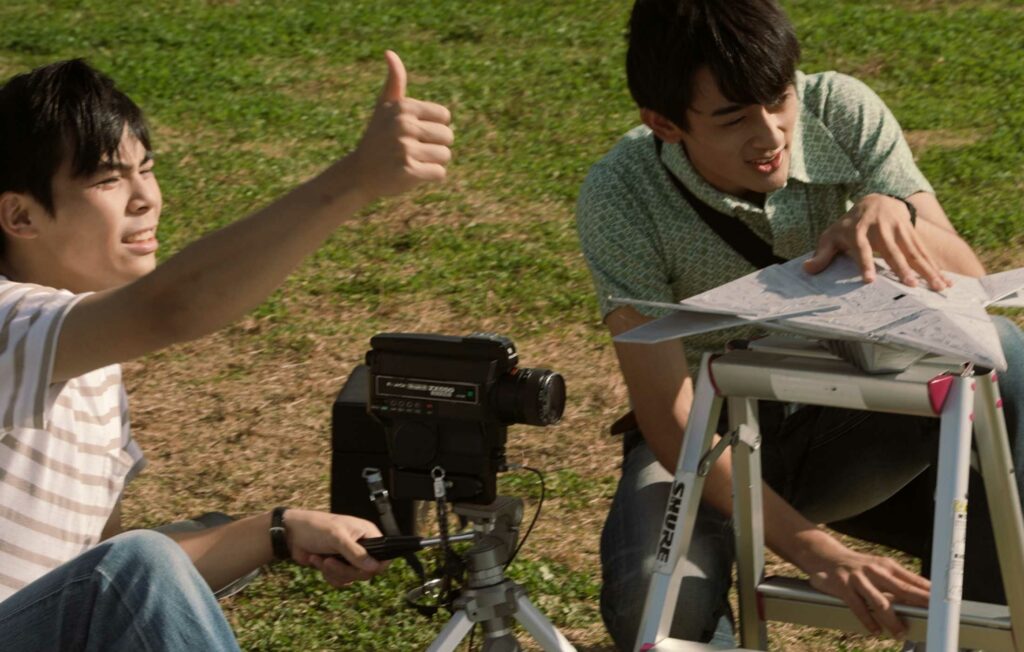When you’re running low on inspiration, the mind tends to walk around in circles. You go back to things you’ve loved and try to reconnect with them – see what new feelings and ideas they stir up, or just slip back into a familiar pattern. You might put on a favorite record or rewatch a movie, but instead of winding down with a book, maybe you feel the urge to just flip through the first and last pages, the ones that hold enough weight to resurrect your whole relationship with it. I get why Matt Berninger turned to the very beginning of Mary Shelley’s Frankenstein, which opens with a series of letters from the narrator, the captain of a ship on an expedition to the North Pole, to his sister. “I am about to proceed on a long and difficult voyage, the emergencies of which will demand all my fortitude: I am required not only to raise the spirit of others, but sometimes to sustain my own, when theirs are failing,” he writes.
The new National album was, by all accounts, a long and difficult voyage. It doesn’t seem like the making of The First Two Pages of Frankenstein was especially marred by infighting (which has been a part of the band’s narrative since their 2007 breakout Boxer), but the members found themselves drifting apart, living in different parts of the country and focusing on other projects – from scoring films to working with pop stars like Taylor Swift and Ed Sheeran. Berninger was creatively stuck and fell into a period of depression. They thought the National might be over, but Swift predicted they would come out of it with a new sense of perspective and their best record. I doubt that’s where most fans will land with this album. But if there’s a band that knows how to make a driving song when the wheels seem to have permanently stopped churning – or about that feeling – it’s the National. So when they got back together on the road, the engine kicked into gear, and all they could do was channel and preserve whatever energy was there, even testing out material onstage and recording parts of it live.
The result isn’t their best album, but it’s hard to imagine a better, more fascinating reflection of this time in the band’s life. ‘Your Mind Is Not Your Friend’, the song most directly inspired by Frankenstein in evoking Berninger’s troubled headspace, feels so insular that you question if it should exist within the National universe or if the Phoebe Bridgers feature is redundant. But by the time it arrives as the album’s penultimate track, there’s enough proof that they’ve managed to venture beyond the colorless blur of alienation. The record opens with the Sufjan Stevens-featuring ‘Once Upon a Poolside’, which subtly and beautifully introduces this theme while hinting at a deep intimacy tangled out of one’s control: “This is the closest we’ve ever been/ And I have no idea what’s happening/ Is this how this whole thing is gonna end?”
Characteristically, you can’t always tell if the songs revolve around a couple or a group of people (i.e., band), but they’re striking even when the stories are fragmented and ambiguous. The song that most acutely captures the sense of an ending is ‘Eucalyptus’, not just because it was written last but in its distance from the early, uncertain stages of separation. Berninger lists off items he insists a former partner should keep, and the fragility in his tone is offset by a punchier groove, even as he sighs, “You should take it/ I’m only going to break it.” Indeed, it feels like only in the context of a National record could the brokenness of some of these songs be reshaped. “I was suffering more than I let on,” he sings on ‘Tropic Morning News’, an admission that rings especially true on the most deceptively dynamic track on the record, one that almost tricks you into thinking it soars through rather than being clouded by the chaotic chatter that surrounds heartache. In the end, he somehow emerges with the hard truth: “I would like to move on and be through with it.”
If the singles leading up to The First Two Pages of Frankenstein didn’t do much for you, the full album probably won’t win you over. The writing on ‘New Order T-Shirt’ is some of Berninger’s most starkly affecting, but the song falls short of balancing the warm nostalgia in the lyrics with the darker, more complicated drama that underpins them. Songs like ‘This Isn’t Helping’, the better Phoebe Bridgers collaboration, and ‘The Alcott’, a duet with Taylor Swift, however, poignantly bring this element to life. In both songs, the possibility of rekindling a relationship hangs in the air, but while ‘This Isn’t Helping’ is stubborn with resentment, Bridgers’ backing vocals mirroring his dissociation, ‘The Alcott’ looks and opens itself up, like the downward spiral of Swift’s ‘Labyrinth’ turned into a dance. There’s miscommunication, to be sure, but it’s a real, genuine exchange. “Could it be easy this once?” she sings, and you’re not sure if she’s talking about forgetting, or falling back in love, or ruining it all over. Maybe the answer, to all of it, is no. But you get a feeling it won’t be the same, and that makes it a chance worth taking. “Almost everything I’m writing about on this record, I’ve written about in the past,” Berninger has said. Still, it belongs in the present.
